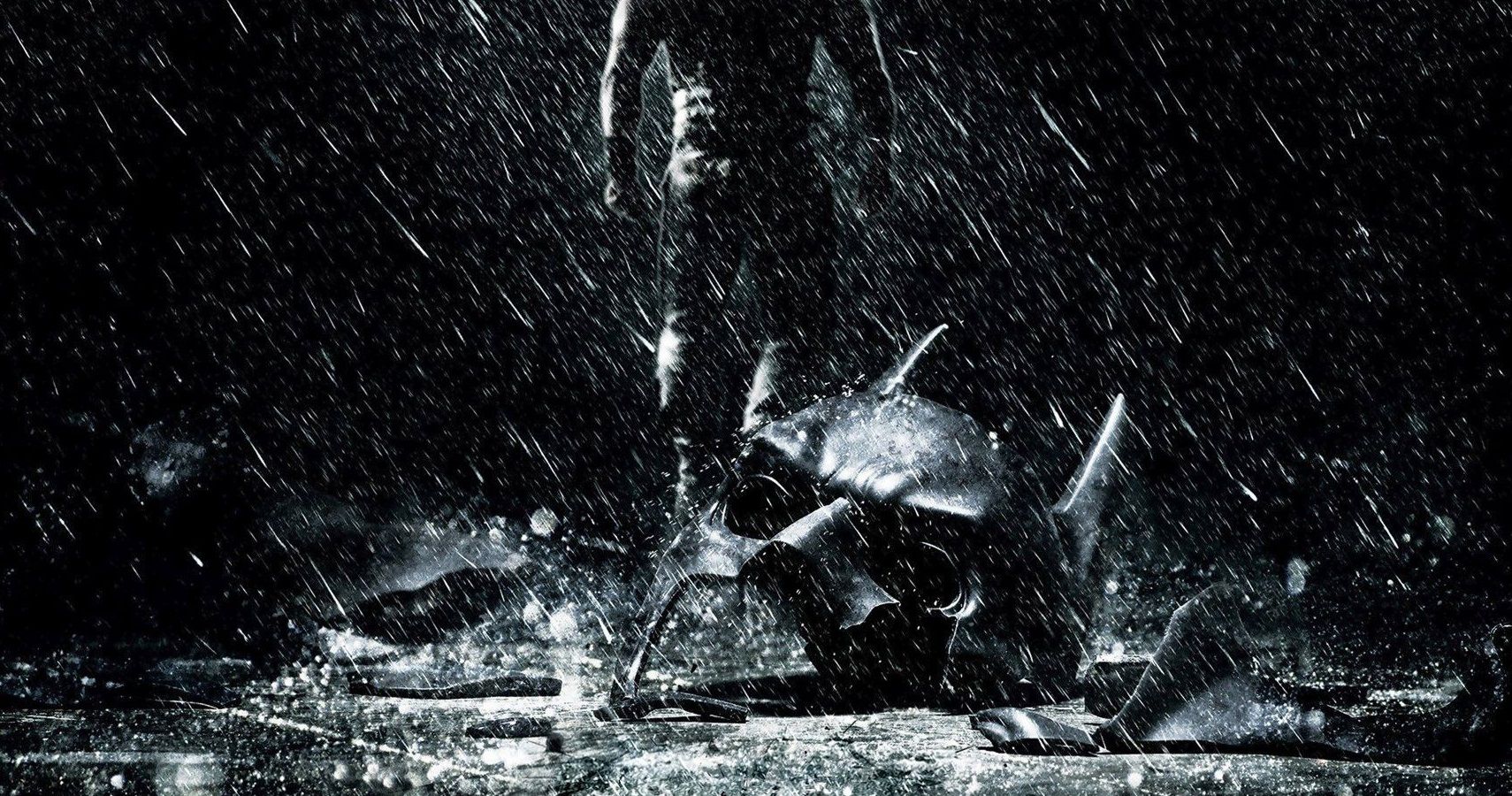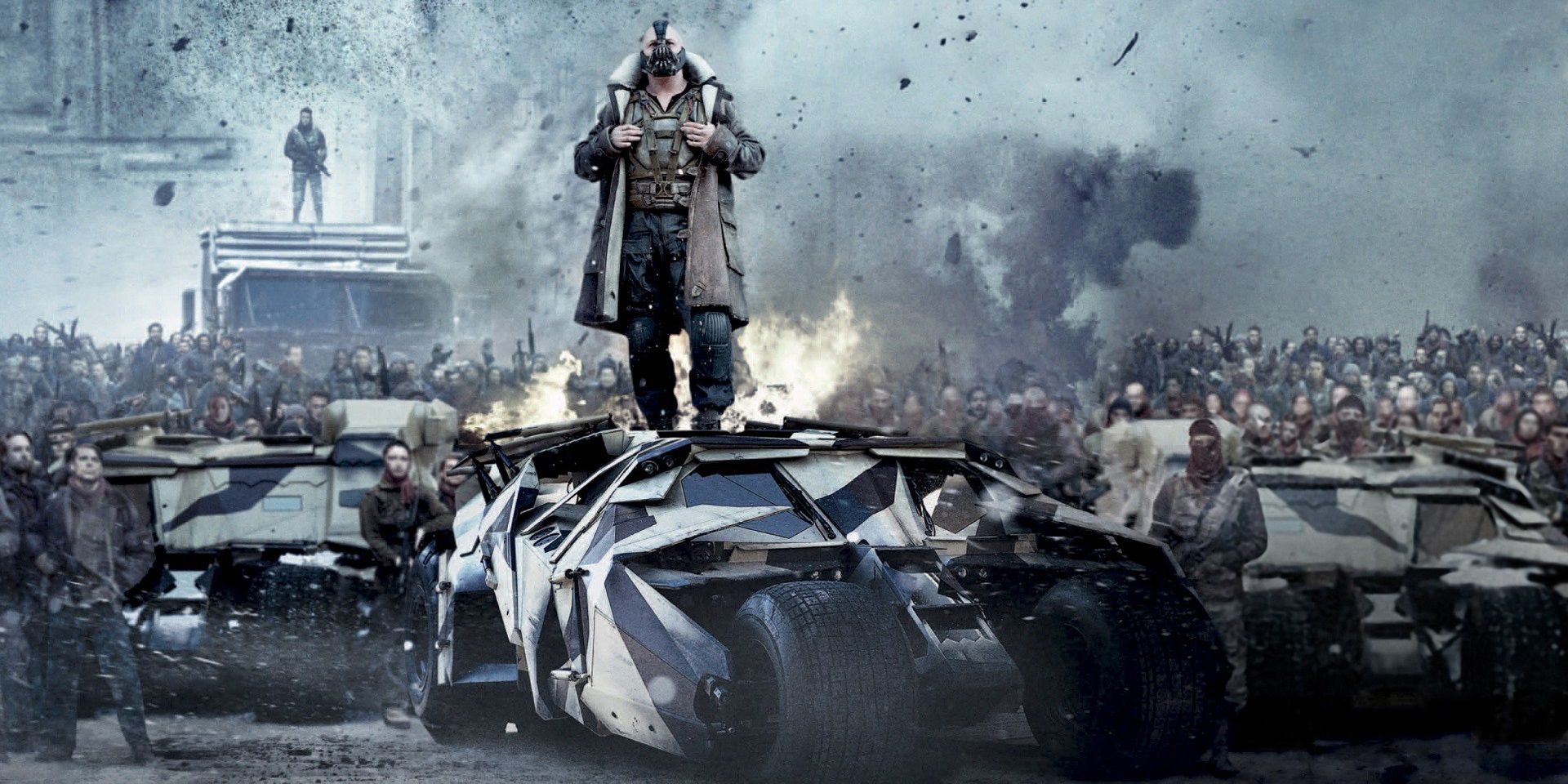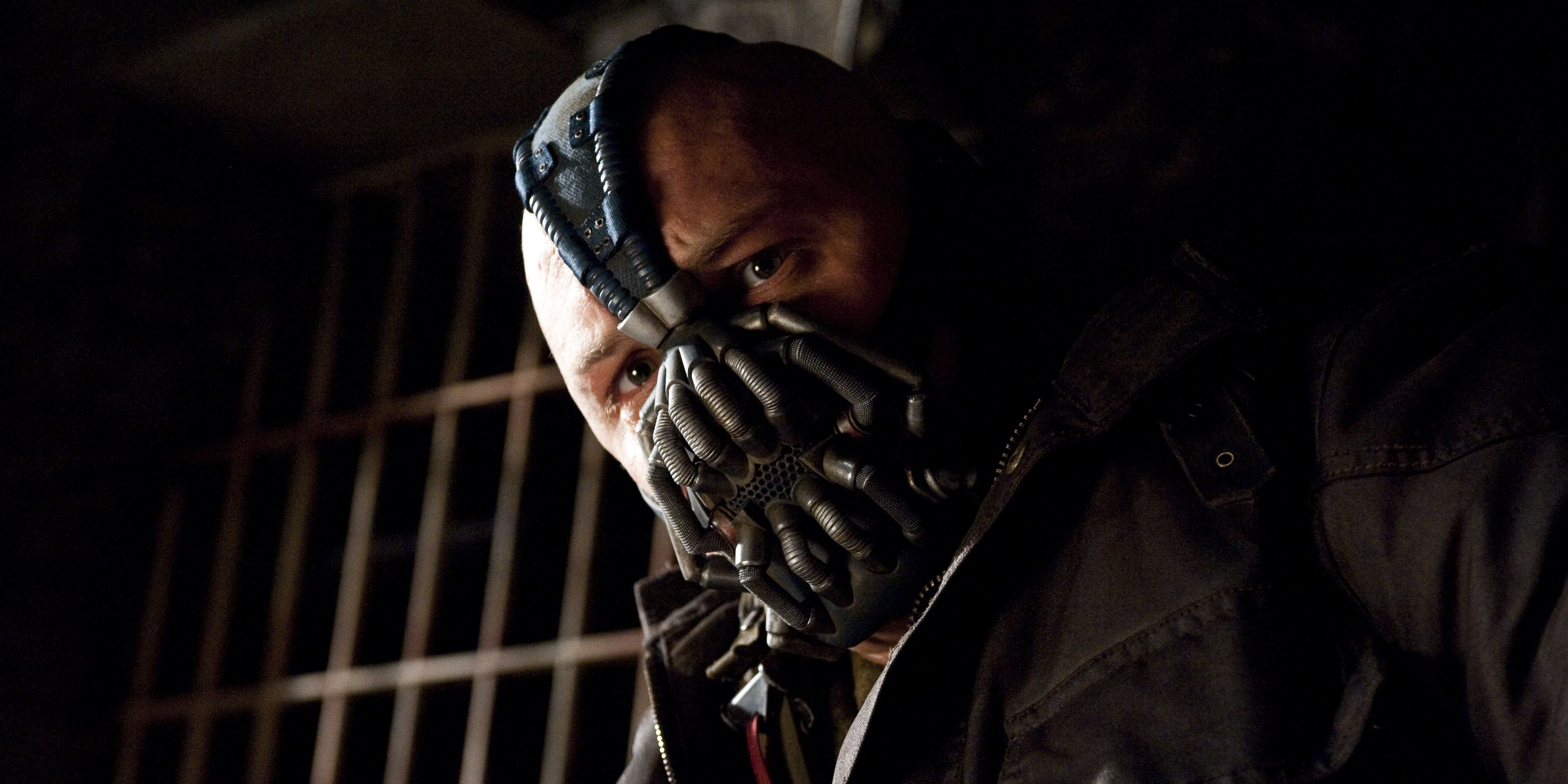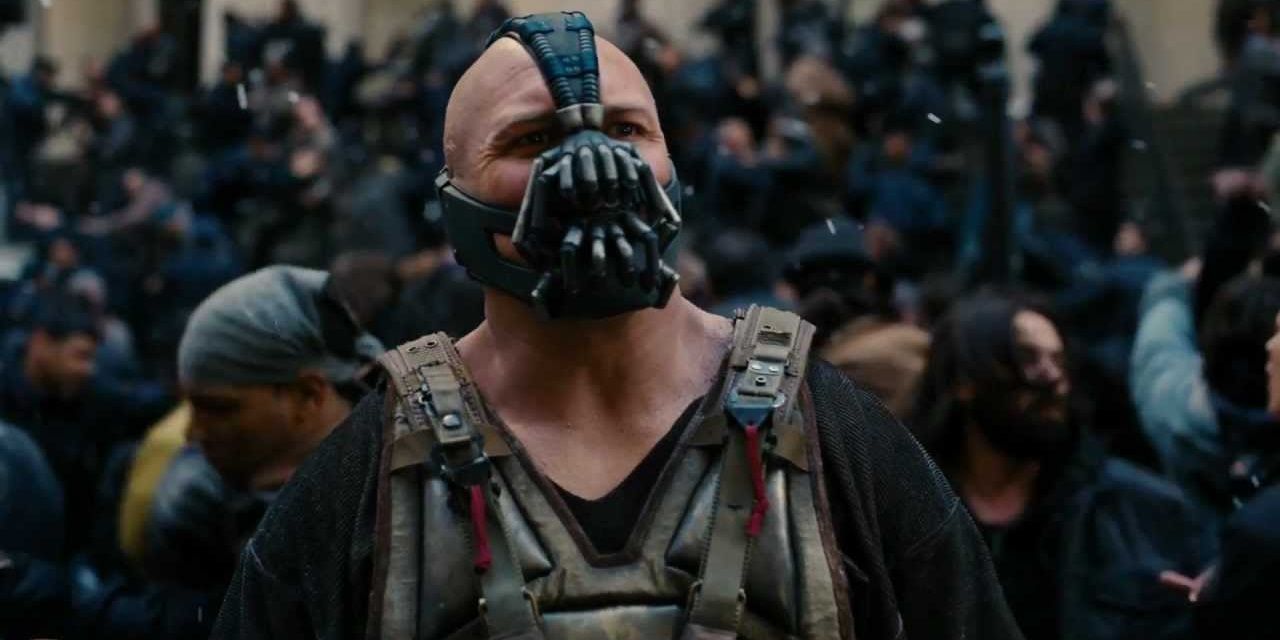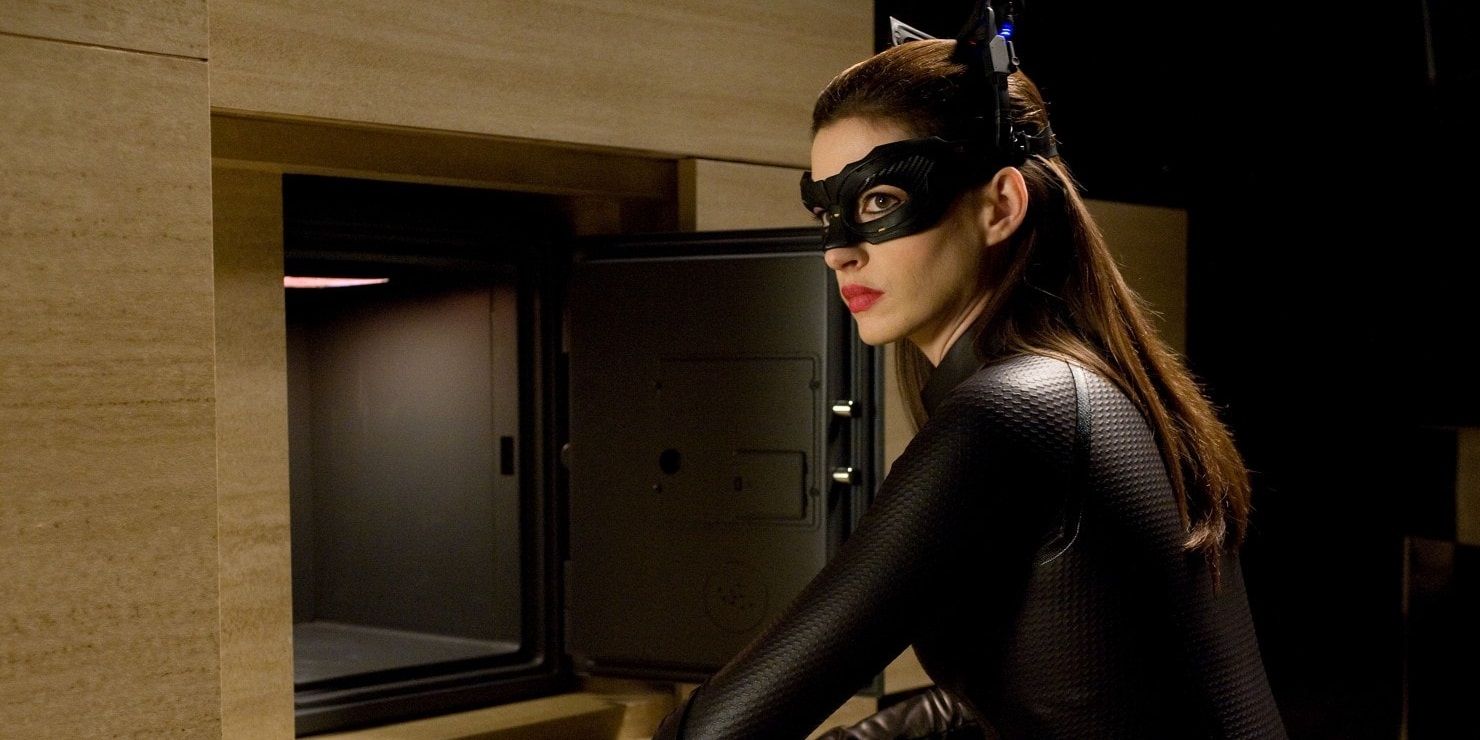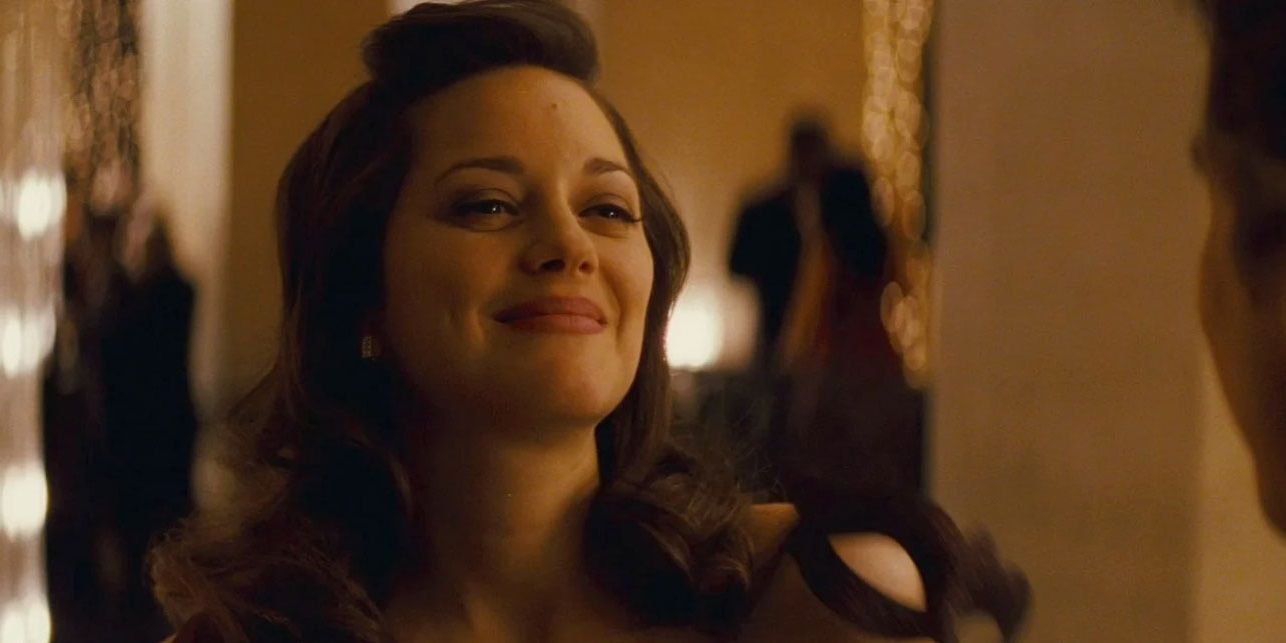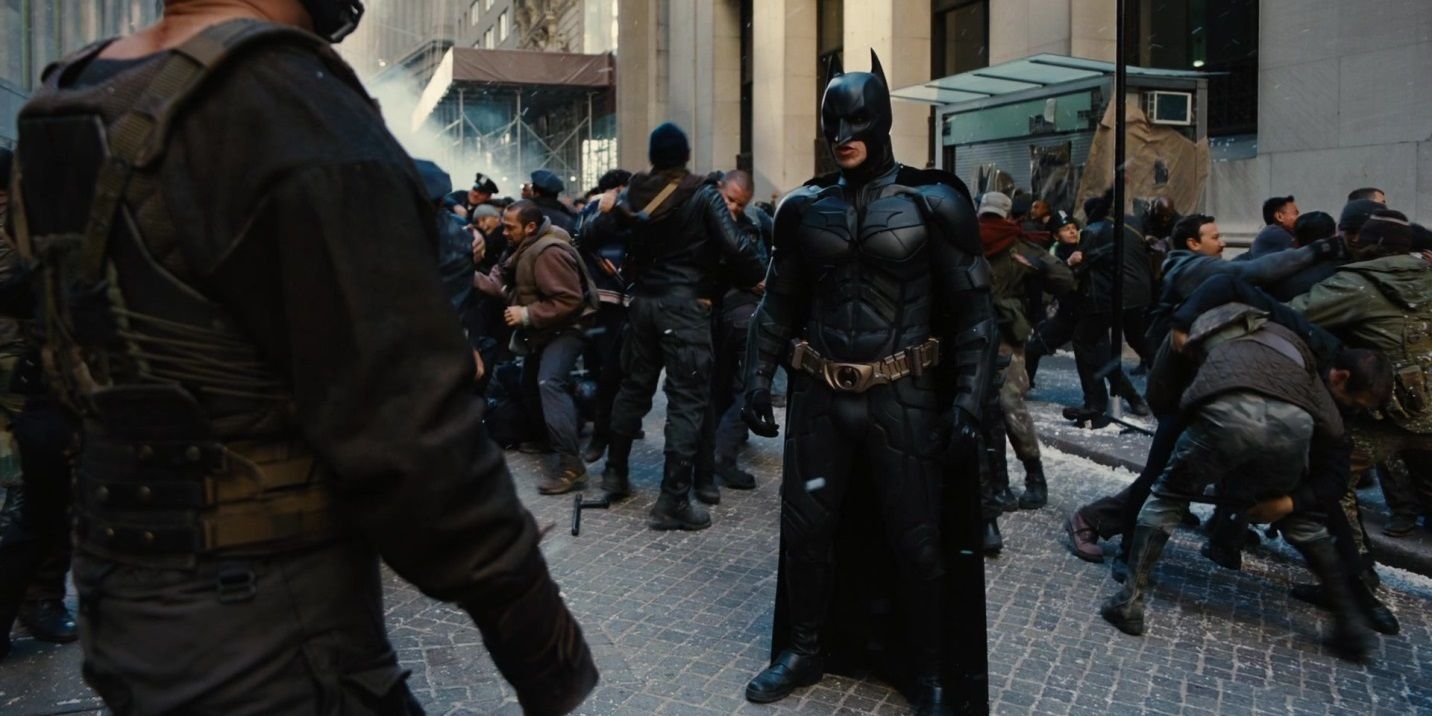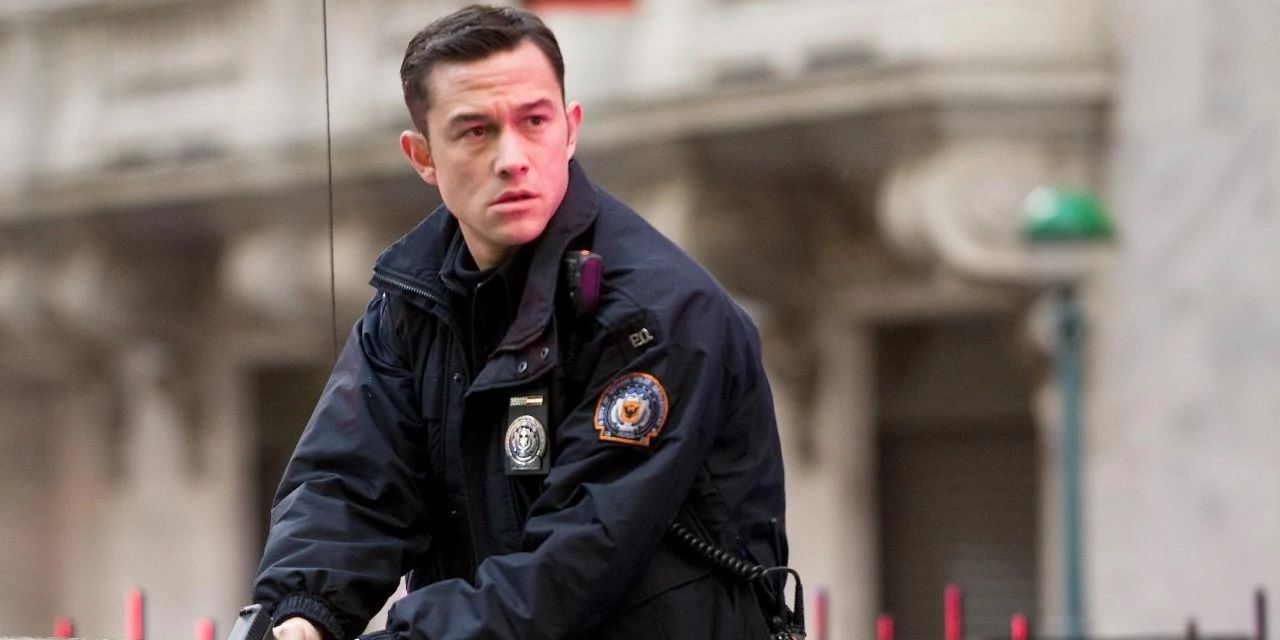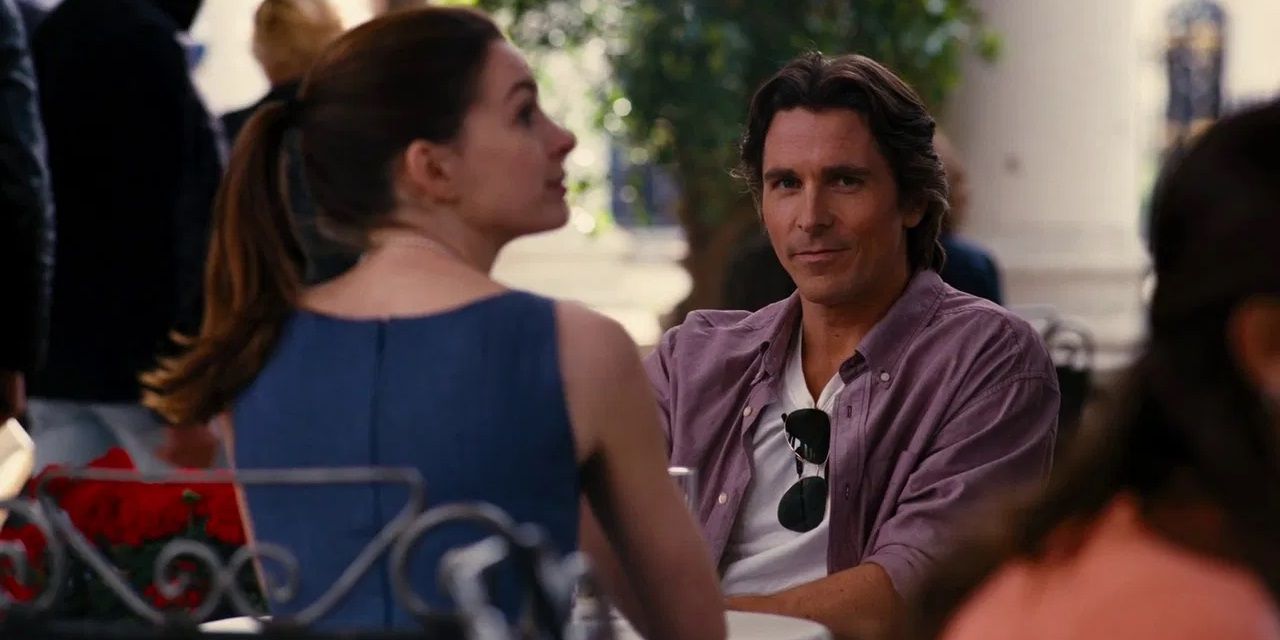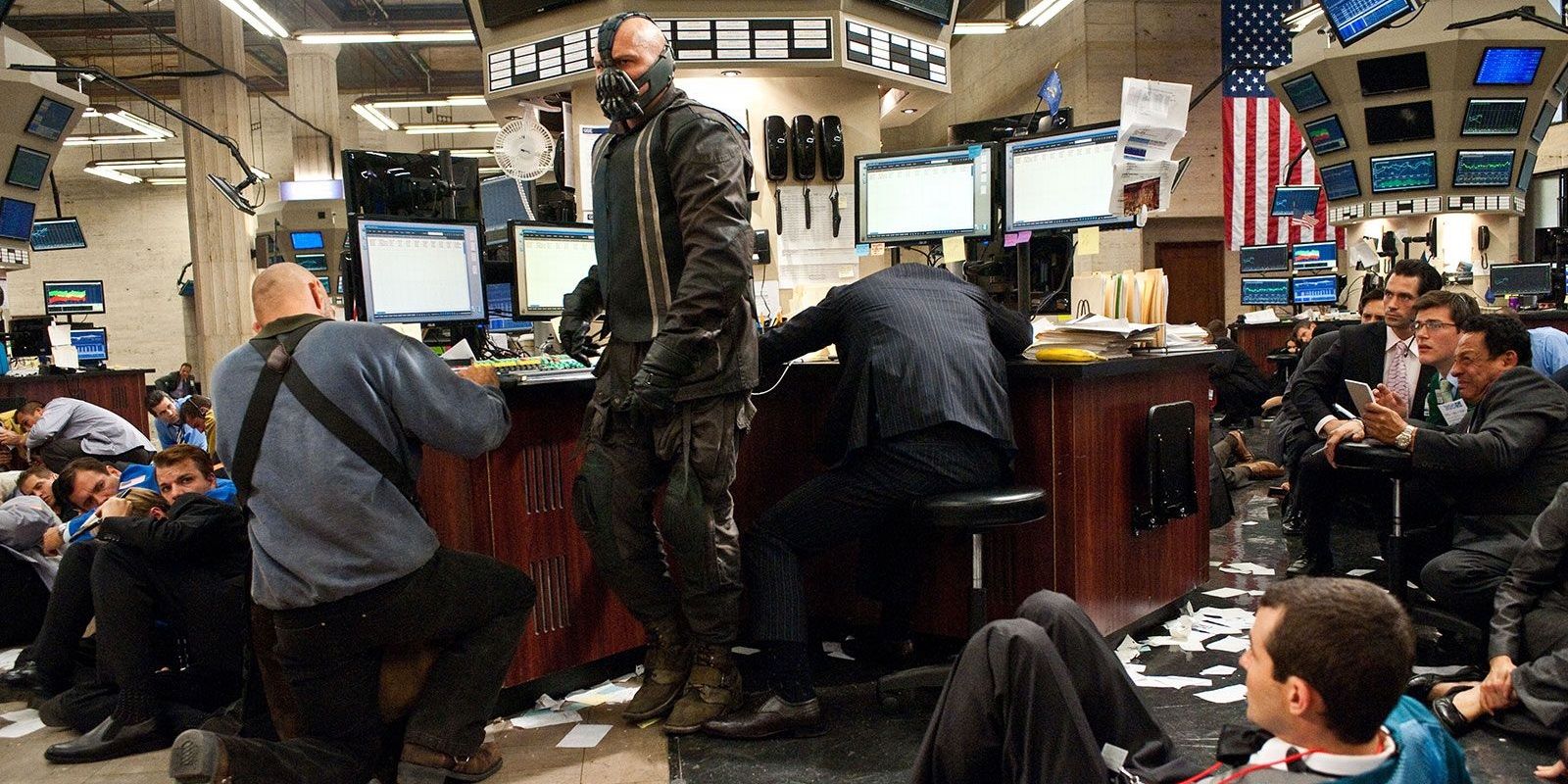After the immense success of The Dark Knight, the second chapter in Christopher Nolan’s highly acclaimed Batman trilogy, it was practically impossible for the director to top himself with the finale. But considering it was the follow-up to possibly the greatest comic book movie ever made, The Dark Knight Rises was pretty satisfying.
As Nolan increased the already-huge scope of the story and struggled to craft a villain that wouldn’t pale in comparison to Heath Ledger’s Joker, he created an imperfect movie. There’s a lot of great stuff in The Dark Knight Rises, but there’s also some room for improvement.
Right: No Mention Of The Joker
The open ending of The Dark Knight would suggest that Christopher Nolan wasn’t done with the Joker and wanted to continue his story into the third movie in the trilogy. Sadly, the tragic passing of Heath Ledger put a stop to those plans. Out of respect for Ledger, Nolan proceeded with the third movie without any mention of the Joker. This was the best course of action.
Mentioning the Joker without an on-screen appearance would’ve felt empty, while recasting the role after Ledger’s posthumous Oscar win would’ve been a horrible idea.
Wrong: Over-The-Top Grandiosity
The Dark Knight succeeded admirably by taking the basic template of Michael Mann’s Heat and using its cinematic study of L.A. to do the same for Gotham, but Nolan took the grandiosity too far in The Dark Knight Rises, even going as far as making Batman a kind of Christ figure.
His template for the threequel was Dickens’ A Tale of Two Cities, hoping to stage the French Revolution in Gotham, and the result is a bloated gargantuan that’s too big for its own good.
Right: Tom Hardy’s Menacing Presence
There was no way in hell that the villain in The Dark Knight Rises could’ve topped Heath Ledger’s Joker, but Tom Hardy’s Bane did manage to counteract the Joker’s psychological threat with a tangible physical one.
Hardy’s Bane doesn’t have the superhuman stature of the Bane in the comics, but when he breaks Batman’s back over his knee, it still feels agonizingly real.
Wrong: Bane’s Incomprehensible Voice
While Tom Hardy did a fine job following up Heath Ledger’s Joker in the role of Bane, he was let down by a script that copied the getting-caught-was-part-of-the-plan gambit from The Dark Knight.
His performance is also let down by the mask he had to wear, as it made his voice practically incomprehensible. Hearing dialogue is a common problem in Nolan’s films anyway, but this made it even worse.
Right: Anne Hathaway’s Catwoman
Although a handful of problems out of Tom Hardy’s hands prevented his take on Bane from becoming a classic on-screen portrayal of a Batman villain, Anne Hathaway nailed her performance as Selina Kyle.
She didn’t quite capture the character’s eccentricities as perfectly as Michelle Pfeiffer did in Batman Returns, but her cat burglar fit right into Nolan’s gritty, realistic Gotham.
Wrong: Unnecessary Love Interest
Marion Cotillard is a terrific actor, as proven by La Vie En Rose, Midnight in Paris, and Nolan’s own Inception, but her role in The Dark Knight Rises was almost entirely unnecessary.
Bringing in Talia al Ghul was a great way to tie the trilogy’s villains together, but there was no reason for her to have a sexual relationship with Bruce Wayne, and as usual for a Batman movie, the love story fell completely flat.
Right: Explosive Final Battle
The final battle in The Dark Knight Rises sees Gotham’s police officers taking on Bane’s armies of fanatic militants and escaped convicts in a giant street war, with Batman and Bane fighting at the center of it.
The “Where’s the trigger!?” moment has been mocked a lot over the years, but on the whole, The Dark Knight Rises’ final battle is a breathtaking, cinematic affair.
Wrong: Robin
In The Dark Knight Rises, Joseph Gordon-Levitt’s character John Blake is a rookie cop who grew up as an orphan and figured out Bruce Wayne’s secret identity, then became his young ward. On its own, that would’ve made him the perfect version of Robin for the Nolan trilogy.
However, Nolan went one step too far and revealed in a final teaser that Blake’s real name is Robin, which was a little on-the-nose. Still, the passing-of-the-torch ending with Blake discovering the Batcave was suitably hopeful.
Right: Ambiguous Ending
The ending of The Dark Knight Rises is pretty perfect. The Bat saves Gotham from certain destruction, redeeming himself in the city’s eyes and becoming the beacon of hope he always wanted to be, presumed dead, and then Alfred sees Bruce with Selina Kyle in Florence.
Fans can either shrug it off as Alfred’s fantasy of how Bruce’s life could’ve turned out, or take solace in knowing that Bruce was able to hang up the cowl and find happiness.
Wrong: Another Overly Convoluted Villain Plan
A huge problem in comic book movies, in general, is villains with overly convoluted plans. The Joker’s elaborate plan in The Dark Knight worked well for the character because he was essentially using it to troll Gotham P.D. and Batman himself. Bane’s plan in The Dark Knight Rises is insanely complex, and it makes no sense.
The government wouldn’t have allowed Wayne Enterprises to build a nuclear reactor. Gotham P.D. wouldn’t have sent every single one of its officers into the sewers. And if a terrorist forced a stock transfer at gunpoint, the S.E.C. would block it in a second.

